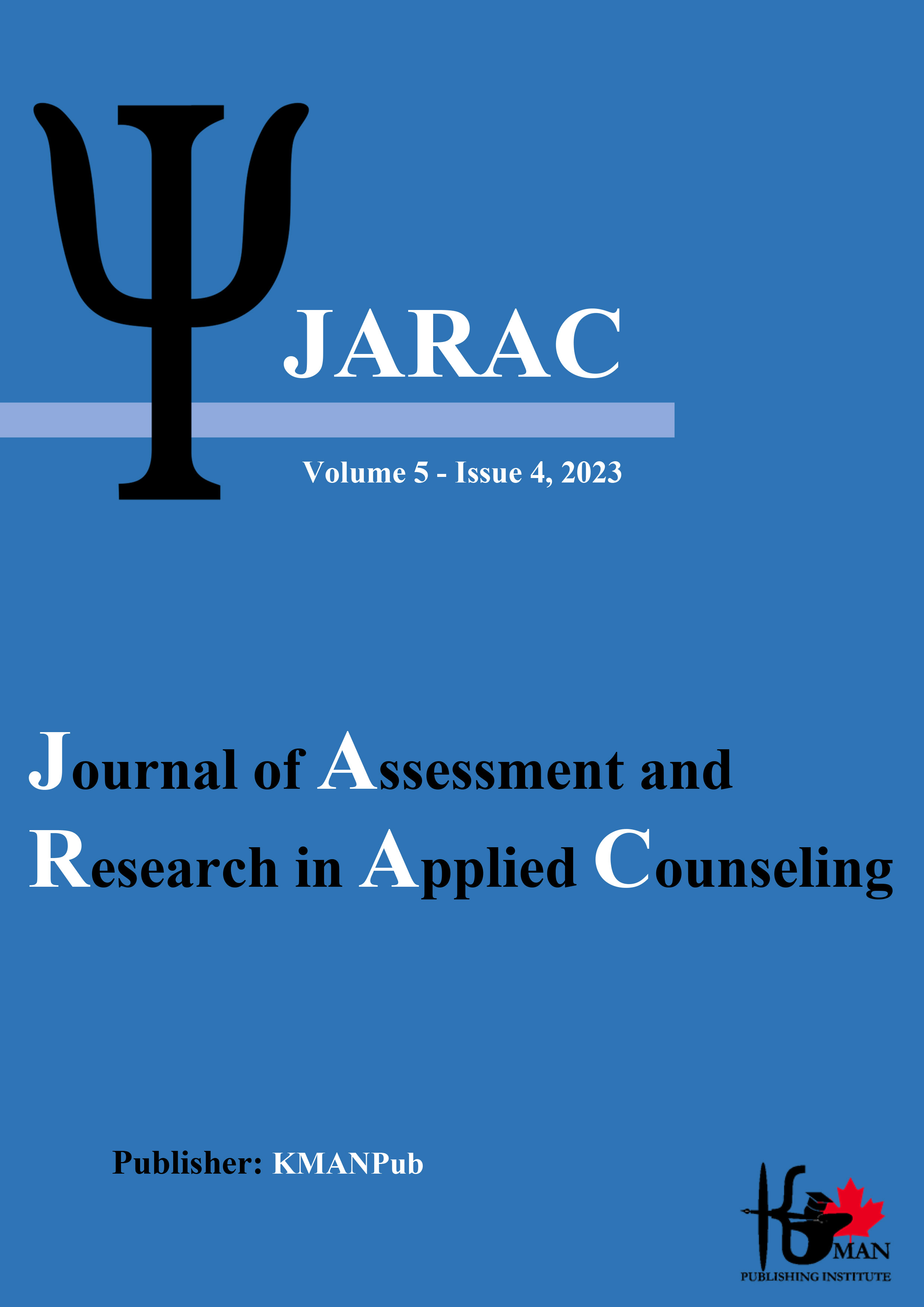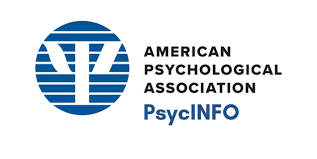Structural Equation Modeling of School Truancy Based on Academic Self-Regulation and Academic Buoyancy in Secondary School Students
Keywords:
Academic buoyancy, Academic self-regulation, Truancy, StudentAbstract
Objective: The purpose of this research was to develop a structural model of school truancy based on buoyancy and academic self-regulation in second year high school students.
Methods and Materials: This research was of the type of descriptive-correlational studies. The current research statistical population includes all the students of the second year of Islamabad Gharb High School in the academic year 2020-21, which numbered 1523 boys, 1453 girls, and a total of 2976 people. The sampling method of this research was two-stage cluster sampling. In this way, 2 districts were randomly selected from among the districts of West Islamabad city, and 5 schools were randomly selected from those 2 districts; which was used by a total of 500 students. Data were collected using Martin and Marsh's academic buoyancy scale (2008), Bouffard et al.'s self-regulation questionnaire (1995) and the learning avoidance scale (Khormai and Saleh Ardestani, 2014). In the current research, SPSS and AMOS software were used to analyze data from Pearson's correlation coefficient and structural equations and to check the proposed research model.
Findings: The results showed that the conceptual model of school truancy based on the components of academic buoyancy and self-regulation in second year high school students is suitable. The path coefficient between academic self-regulation and truancy (p=0.001, β=0.62) and between academic buoyancy and truancy (p=0.001, β=0.57) was negative and significant.
Conclusion: It can be concluded that the conceptual model of school truancy based on academic self-regulation and school truancy in second year high school students had a good fit
Downloads
Downloads
Published
Issue
Section
License
Copyright (c) 2023 Sepehr Saleh, Zakrollah Morovati, Rasul Rezaei Mollajegh, Hooshang Jadidi (Author)

This work is licensed under a Creative Commons Attribution-NonCommercial 4.0 International License.















